You can reach Khatanga by sea or by plane from Krasnoyarsk and Norilsk. Some adventurous travelers may opt to take the winter route to Khatanga from Norilsk, which takes about 3-4 days.
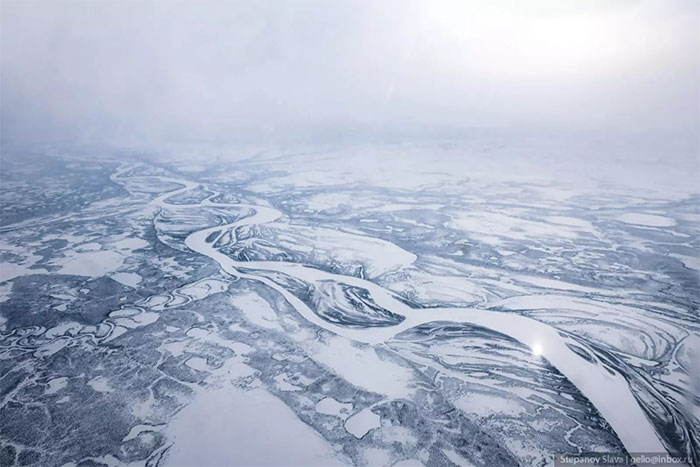
The village located along the banks of the Khatanga River – in local terms, the village is translated as “a lot of water.” The river here is very large, allowing sea vessels from the Laptev Sea to navigate through. Traders made the first sea journey to the Taymyr Peninsula in 1610. The settlement here was established just 50 years later, with a few huts built along the coast to buy and gather pelts from local hunters.
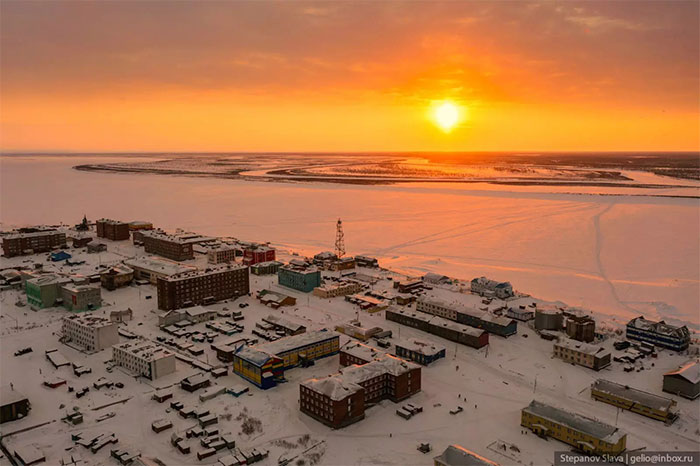
In 1859, there were 5 households with 9 residents, and by 1891, there were 6 families, a store, and a small church. Later, the supply of bread to the village ceased, but in 1922, local residents established a trading station, reviving commerce and starting to exchange furs for food. Khatanga began to develop, establishing a hospital and a school. By 1927, there were 508 farms in the area. Today, Khatanga village serves as the administrative center, which includes 8 villages: Zhdanikha, Novorybnaya, Syndassko, Popigay, Crosses, Novaya, Kheta, and Katyryk.
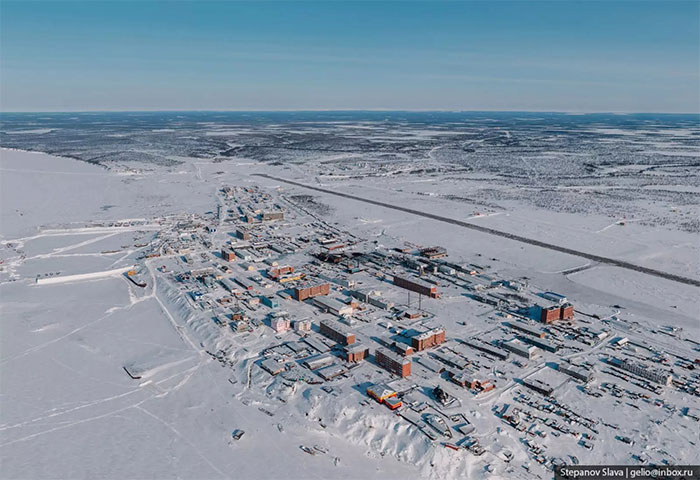
In terms of mineral wealth, Khatanga is almost on par with Norilsk, but transportation costs here are prohibitively high, preventing further development of mining. Recently, however, Khatanga has begun to attract more tourists.
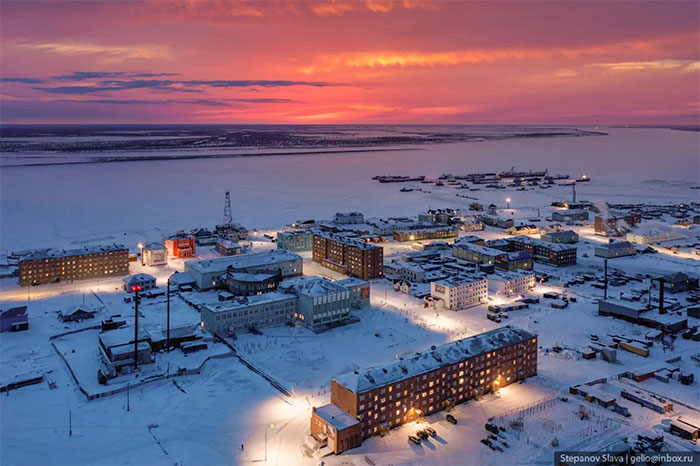
Approximately 3,000 people reside in Khatanga. There are apartment buildings, heating, and hot water available. However, the village is disconnected from Russia’s energy grid, and the residents live entirely autonomously. Previously, diesel generators were used for electricity, but now the first crude oil power plant in Russia is operational here.
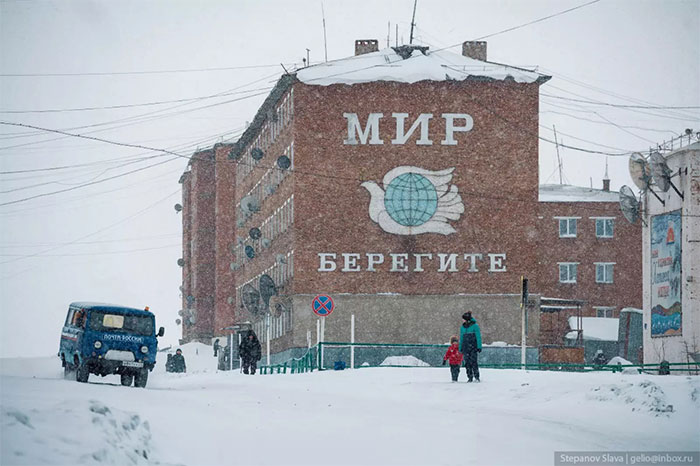
Khatanga is one of the centers of the North. The management agency of the Taimyrsky Nature Reserve is located here. Khatanga has a hospital with 66 beds, an ambulance station, a polyclinic, a children’s art school, a cultural center, and three kindergartens.
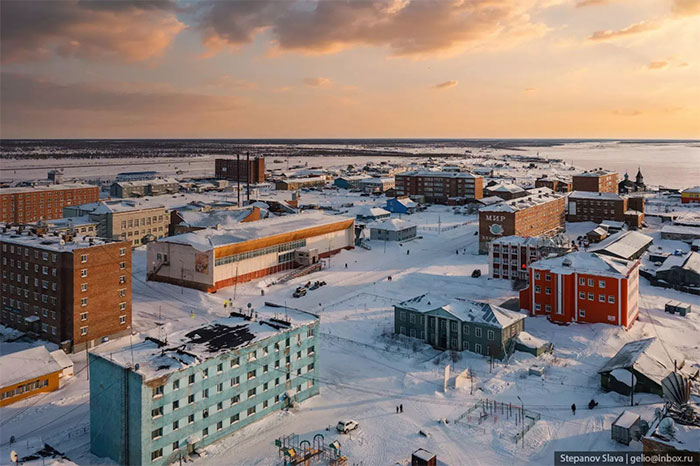
The Cultural House is located in the center of the village, where book exhibitions, concerts, and performances are held.
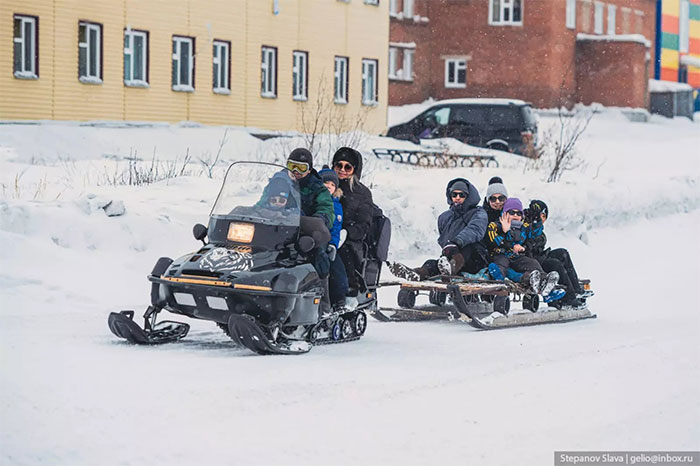
Many residents have cars, but the primary mode of transportation in winter is snowmobiles. There is no traffic police here; however, traffic officers come a few times a year to conduct driving tests.
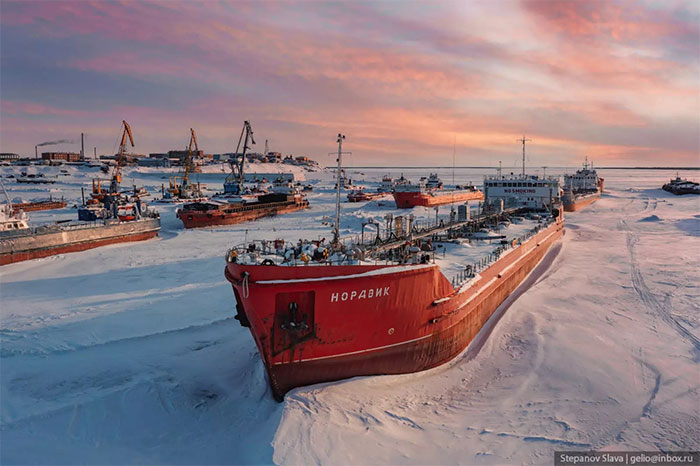
The Khatanga port can accommodate sea vessels, even though it is located 115 miles (about 185 km) from the river mouth. The first river ship arrived here in 1936, while the first sea vessel came in 1952. Subsequently, authorities decided to construct a port in Khatanga for processing and maintaining sea vessels. From here, goods are sent along the Khatanga, Kheta, and Kotui rivers, facilitating transportation along the eastern part of the Taymyr Peninsula.
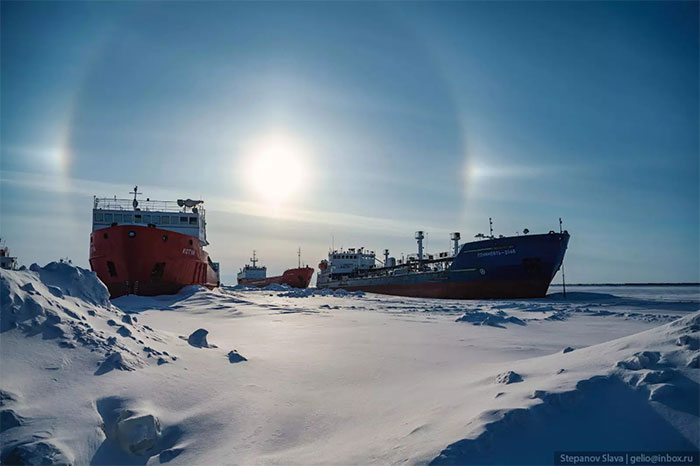
In winter, temperatures in Khatanga average around -30°C, but can sometimes drop to -50°C and even -59°C. The river is covered with thick ice during this time. Navigation begins in the second half of June and ends by the end of September. The port here becomes a refuge for passenger and cargo ships.
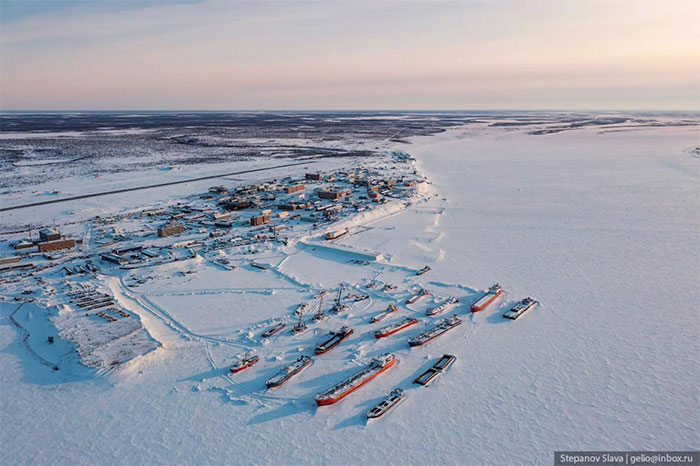
In spring, when the ice melts, huge ice floes drift down the river towards the Laptev Sea. To protect the ships from drifting ice, a dam was built at the port. The dam has been submerged since the late 1930s. It is 60 meters long and about 10 meters high.
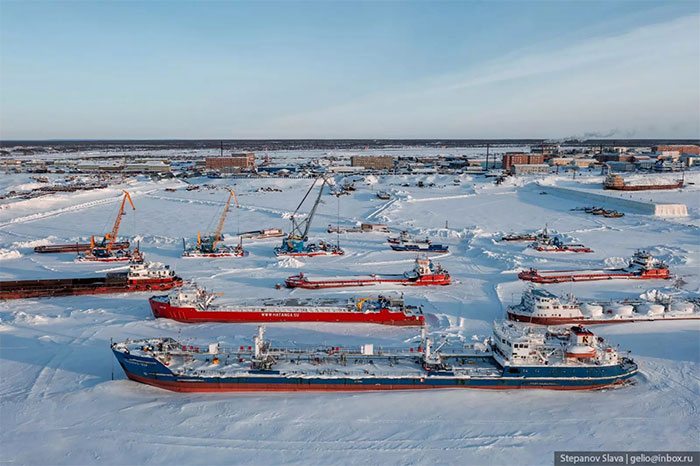
The Khatanga port is one of the key ports in the cargo transportation market along the Northern Sea Route. Goods passing through here reach the Arctic regions of Russia, the western and northern seas of Europe, and the Far East.
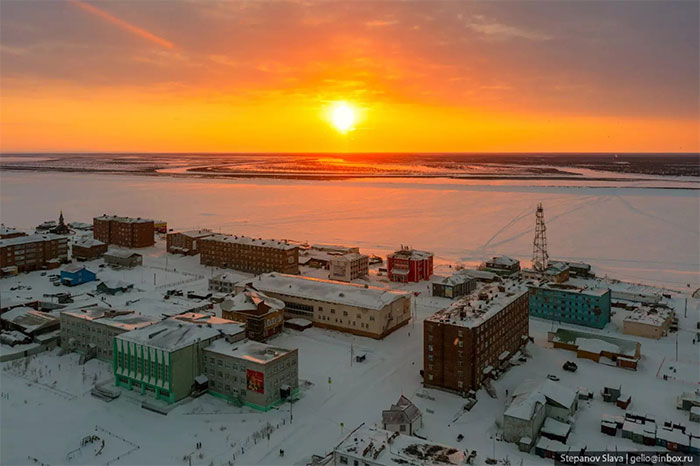
The most common representative of the fauna in the Khatanga region is the wild reindeer. Currently, the number of wolves has decreased, allowing the reindeer population to grow – they now account for about half of the largest herd of deer in Taymyr.

The majority of the population in Khatanga are Dolgans. These are the indigenous people of Taymyr, formed from resettled Yakuts.
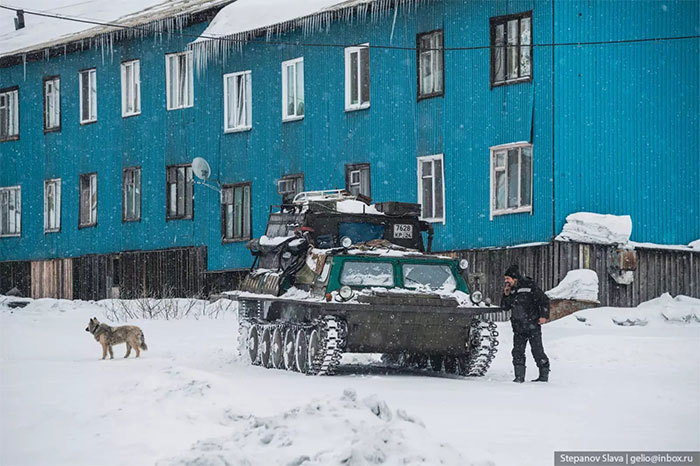
Khatanga is a unique village. There are road transportation options, but in winter, people mainly use all-terrain vehicles and snowmobiles.
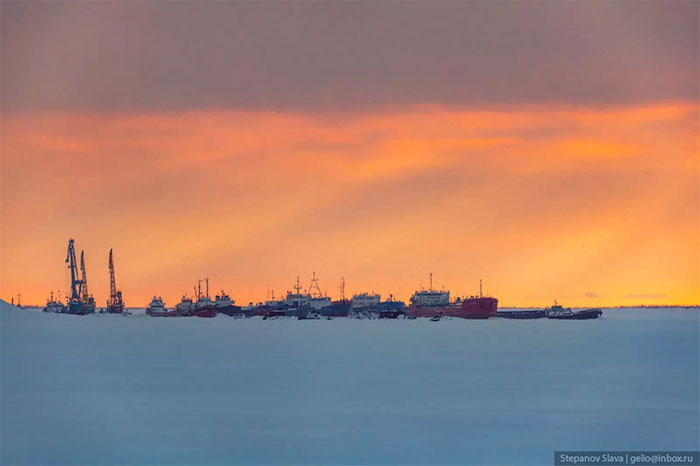
Khatanga is a special village. Here, you can often see the Northern Lights right above the village.




















































